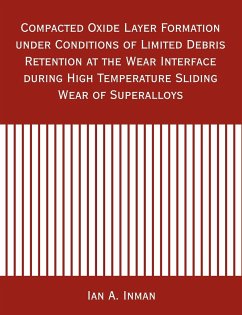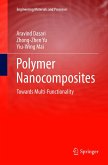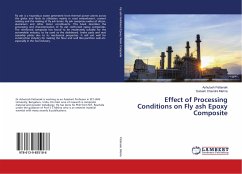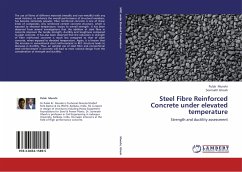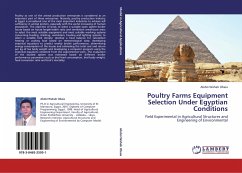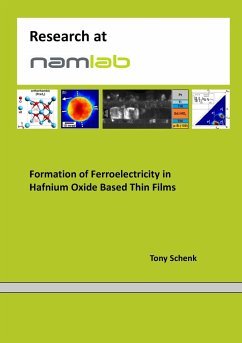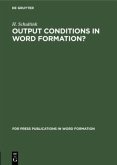For many applications, including power generation, aerospace and the automobile industry, high temperature wear provides serious difficulties where two or more surfaces move or slide relative to one another. In aerospace, for example, demands for more powerful, efficient engines operating at ever higher temperatures, mean that conventional lubrication is no longer sufficient to prevent direct contact between metallic sliding surfaces, accelerating wear. However, one high temperature phenomenon observed to reduce metallic contact, and thus wear and friction, is the formation of 'glazes',essentially compacted oxide wear debris layers that sinter together to form wear resistant surfaces. This thesis studies the nature of wear encountered with four different combinations of Superalloys, slid together using a 'block-on-cylinder' configuration (Nimonic 80A and Incoloy MA956 as block / sample materials; Stellite 6 and Incoloy 800HT as cylinder / counterface materials) simulating car (automobile) engine 'valve-on-valve-seat' wear. Initially this study concentrates on the combined effects of sliding speed (either 0.314 m/s or 0.905 m/s, supplementing previous testing at 0.654 m/s) and temperature (between room temperature and 750°C) - by altering either or both of these variables, the nature of the wear process can be radically altered, encouraging or suppressing wear protective oxide or 'glaze' layer formation. Extensive characterisation is conducted of the 'glaze' layers during this study, using a wide range of tools including optical microscopy, SEM, EDX (spot, mapping and Autopoint), XRD (including Glancing Angle) and micro-hardness. On selected samples, TEM and STM show these 'glaze' layers to be nano-structured (nano-crystalline), with an estimated grain size of as little as 2 to 10 nm.
Hinweis: Dieser Artikel kann nur an eine deutsche Lieferadresse ausgeliefert werden.
Hinweis: Dieser Artikel kann nur an eine deutsche Lieferadresse ausgeliefert werden.

